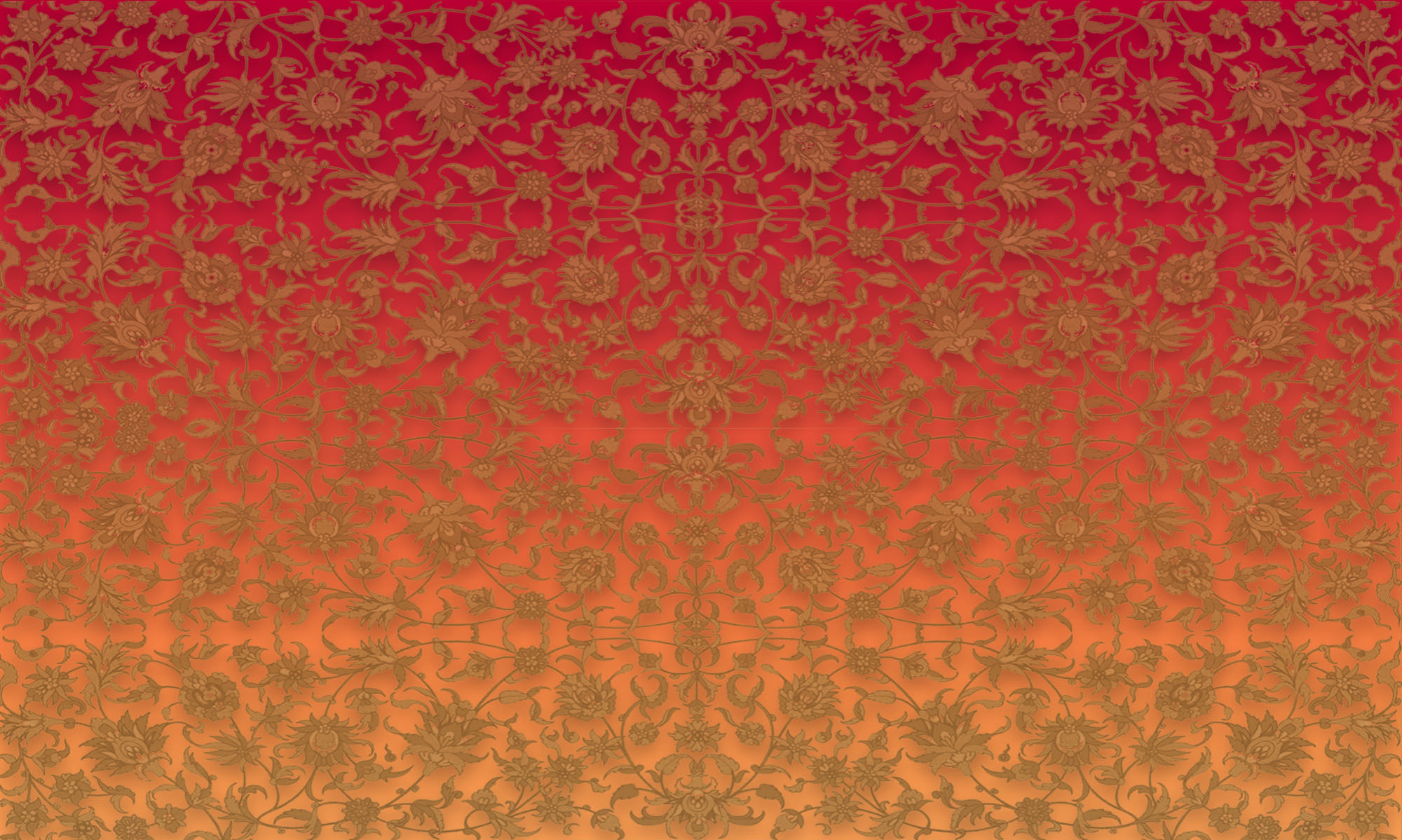
Reviews of the Text of: “The Hasheesh Eater”
1992 – “After Bayard Taylor the next great commentator on the phenomenon of hashish was the irrepressible Fitz Hugh Ludlow. This little-known bon vivant of nineteenth-century literature began a tradition of pharmo-picaresque literature that would find later practitioners in William Burroughs and Hunter S. Thompson… There is in Ludlow’s cannabis reportage a wonderful distillation of all that was zany in the Yankee transcendentalist approach. Ludlow creates a literary persona not unlike the poet John Shade in Nabokov’s Pale Fire, a character who allows us to see deeper into his predicament than he can see himself. Part genius, part madman, Ludlow lies halfway between Captain Ahab and P.T. Barnum, a kind of Mark Twain on hashish. There is a wonderful charm to his free-spirited, pseudoscientific openness as he makes his way into the shifting dunescapes of the world of hashish.”
– Terence McKenna, (Food of the Gods: The Search for the Original Tree of Knowledge New York: Bantam)
1970 – “Ludlow takes an honored place in the stoned procession of dope adepts that stretches from the author of the Vedic hymns to William S. Burroughs.”
– Archivist Michael, ‘’America’s De Quincey’’
1970 – “The alchemic-shaman tradition of Paracelsus, Ludlow, and William James…”
– Timothy Leary
1910 – “Deeper and clearer is the information to be gained from the brilliant studies of Baudelaire…and Ludlow… ”- Aleister Crowley
_____________
Reviews Of The Art (By Artist):
“Upon opening the pages of the Hasheesh Eater by Fitz Hugh Ludlow published by the Invisible College , we immediately sense the presence of a magical world, from another time perhaps, ancient yet familiar….”
– Martina Hoffmann
“The wonderful artwork in The Hasheesh Eatter reinvents the genre of Orientalism. Gwyllm extracts the beauty of the 19th century movement and mixes it with just the right amount of psychedelia to give us an authentic and seductive expression of the mysterious and inviting nature of Hasheesh.” – Liba WS (Dreams & Divinities/The Encyclopedia Of Fernal Affairs)
“With these time-spanning elements gorgeously illustrating the text, he has produced a book that feels relevant to ancient times and cultures and to the mid-1800s when it was written, in a fashion that also calls back to the resurgence of interest in this book in the 1960s and invites us to look again at these collages drawn from antiquity through his unique hallucinatory modern vision.”
– Dan Hillier
“The Art Nouveau inspired borders framing Ludlow’s vivid imaginative journey and the subtle warm glow of Gwyllm’s oracular collage illustrations, fill the senses with the romantic nostalgia of something deeply exotic and arcane.”
– A. Andrew Gonzalez
